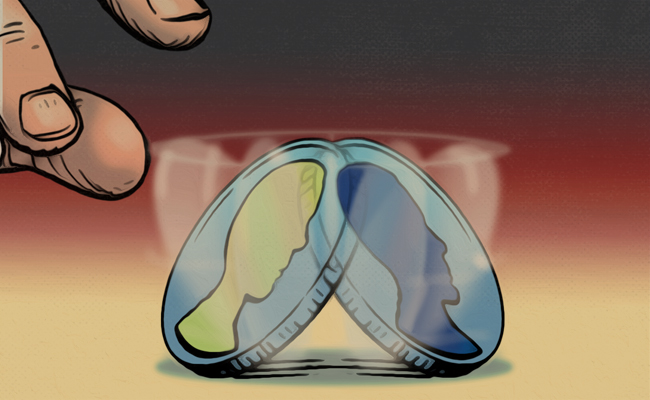
When you were growing up, and your family was invited to a dinner party, chances are you ate exclusively with your young peers at a kids’ table, while the adults ate exclusively with their fellow grownups at their own.
Today, the host of a dinner party might put children and adults together, calling to his own progeny: “Come sit next to me and tell these folks what you’ve been working on at school!”
While there isn’t hard data tracking the use of the kids’ table over time, an anecdotally-based suspicion of its decline nonetheless aptly works as a metaphor for a broader cultural trend.
In an era in which families have fewer children, so that the children who do exist have fewer siblings to play with within the home, and fewer neighborhood pals to play with outside of it, kids have increasingly come to rely on parents to be their playmates.
At the same time, parents’ own social ties with adult peers have decayed, so that they’ve increasingly leaned on their children to be less their dependent offspring, and more their chummy friends.
Whereas kids formerly inhabited their own world, and adults belonged to a sort of secret society of grownups — with each realm possessing its own distinct culture — now, as Neil Postman put it, “everything is for everyone.”
This represents a loss for kids and adults alike.
Children miss out on the kind of imaginative play, independent hijinks, and free-range exploration that comes with running with a pack of kids. Adults miss out on engaging in activities and conversations with which the ankle-biter set can’t keep up.
So the next time your kid is acting like a barnacle, interloping in the grownups’ circle, point them towards the (literal or metaphorical) kids’ table, and say, “Listen buddy, for your benefit, and mine . . . scram.”







